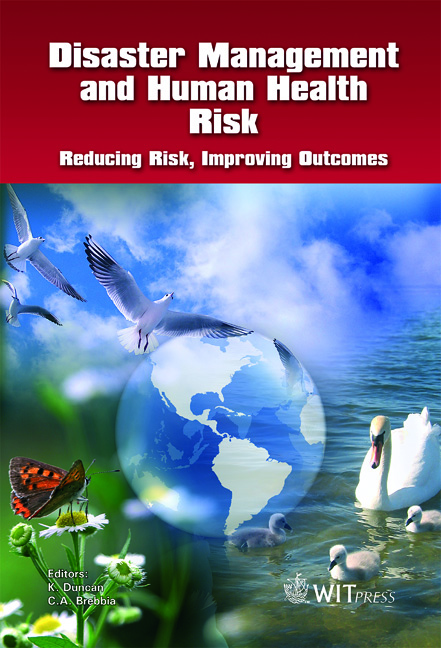From National Landslide Database To National Hazard Assessment
Price
Free (open access)
Transaction
Volume
110
Pages
15
Published
2009
Size
1249 kb
Paper DOI
10.2495/DMAN090221
Copyright
WIT Press
Author(s)
M. Jemec & M. Komac
Abstract
The territory of Slovenia is, geologically speaking, very diverse and mainly composed of sediments or sedimentary rocks. Slope mass movements occur in almost all parts of the country. In the Alpine carbonate areas of the northern part of Slovenia rockfalls, rock slides and even debris flows can be triggered. In the mountainous regions of central Slovenia composed from different clastic rocks, large soil landslides are quite common, and in the young soil sediments of the eastern part of Slovenia there is a large density of small soil landslides. The damage caused by slope mass movements is high, but still no common strategy and regulations to tackle this unwanted event, especially from the aspect of prevention, have been developed. One of the first steps towards an effective strategy of combating landslides and other slope mass movements is a central landslide database, where ideally all known landslide occurrences would be reported and described in as much detail as possible. At the end of the project of compiling the National Landslide Database (May 2005) there were more than 6,600 registered landslides, of which almost half occurred at a known location and were accompanied with the main characteristic descriptions. Based on the landslide database described, a Landslide Susceptibility Map of Slovenia at a scale 1:250,000 was completed. Of 3,257 landslides with a known location, a random but representative 65% were selected and used for the statistical analysis of landslide occurrence, the rest of the landslide population (35%) being used for model validation. The most suitable susceptibility model was used for the anthroposphere exposure assessment due to potential landslide processes on a national scale. These analyses included a population census, building locations, land use, road type and railways. The results have shown that almost 19% of the population lives in one quarter of the area of Slovenia that is highly exposed to landslide occurrence. This is clearly an indication that better spatial and urban planning is needed on a national scale. Keywords: landslide, slope mass movements, hazard, database, Slovenia.
Keywords
landslide, slope mass movements, hazard, database, Slovenia




